Some of the most important factors for fighting games to be so popular are simple and easy to understand: after all, anyone who has never watched a friend crush someone in Street Fighter or, like me, has taken unimaginable beatings for being terrible in Tekken?
In both situations, whoever was playing or watching, winning or losing, knew its basic operation even if it was their first time holding the controller: you need to choose a character and land blows on the opposing character until you defeat them.
Ad
This concept is not only simple, but a standard that has become a trend among players around the world since the start of electronic gaming. However, many people find it difficult in this immense variety and diversity of such popular franchises to be introduced in a healthy way to the different gameplay they offer. It may be basic, but complexity is something that has always been behind these phenomena and, believe me, it is what makes them even more interesting.

Fighting games are not based on who can press the buttons the fastest: each character has their own unique way of playing, and they are repeated and seen in several different titles with their special flavors. We are not going to cover all of these mechanics and games - we can leave that for a next opportunity - but we are going to take the opportunity to take a look at the most common archetypes present in these games and help all beginner players to be more comfortable in their first experiences.
Not that I'm an excellent player, quite the opposite, but I can safely say that knowing what you're doing in these games makes them even more fun.
What are Archetypes in fighting games?
The word “Archetype” may not be so common in our daily lives, but it fits well to define these varied styles in fighting games. To understand its meaning, we can think of “stereotypes” as something similar. We know that stereotypes are, in general, not good comparisons with what they represent, but they can help us define what each person should do when it comes to playing.
Think, for example, of characters with the Assassin stereotype: someone who can defeat an opponent in a few seconds, but if caught is defeated just as quickly, or the Tank, a character that everyone knows can take a lot of damage without falling, in exchange for low mobility or explosive damage, for example. The assassin and the tank are character stereotypes in practically every competitive game, and are shown as archetypes when it comes to fighting head-on.
Factors such as the comfort that each character's movement gives when executing it, the distance at which you must remain from your opponent or the amount of damage you can cause or receive vary between archetypes, in addition to many other details.
Let's take a look at the main ones.
Shoto
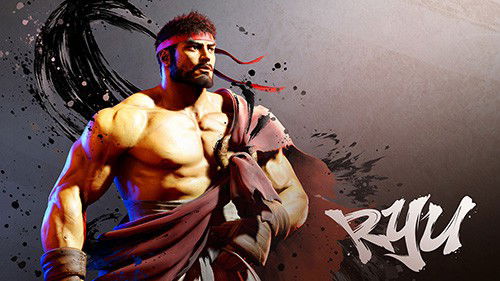
If you ask any advanced player, this archetype will be mentioned most often as the best for beginners. But that would make the entire purpose of this article irrelevant, and it wouldn't necessarily be true.
Typically, these characters have this reputation for being very balanced in all the main aspects they can have in their kit, such as mobility, damage, projectiles and counterattacks. The name itself comes from the Shotokan Karate style, known as the basis used to create the iconic Street Fighter characters, Ryu and Ken.
Ad
These characters don't have the most explosive damage, nor the most continuous damage, they aren't the fastest, and they don't usually come with great secrets behind their mechanics and special abilities. Their “secret” is not being the best at anything, but being decent at everything. If you're looking for a character that plays better in close-range combat, grabbing enemies or fighting quickly, Shoto no longer suits you.
Shoto characters, therefore, are built around the concept of “balance”. It has a little bit of everything and fits into many situations. The protagonists of the best-known fighting games maintain this archetype precisely because it brings a friendlier experience to new players, but as we know, the first character presented to us is not always the one we'll want to play forever.
And if you believe that Shotos are weak because of this description, you may not yet know the “Evo Moment 37”, a famous video which went viral among the gaming community more than twelve years ago and is still very popular!
Shoto Character Examples
Grappler
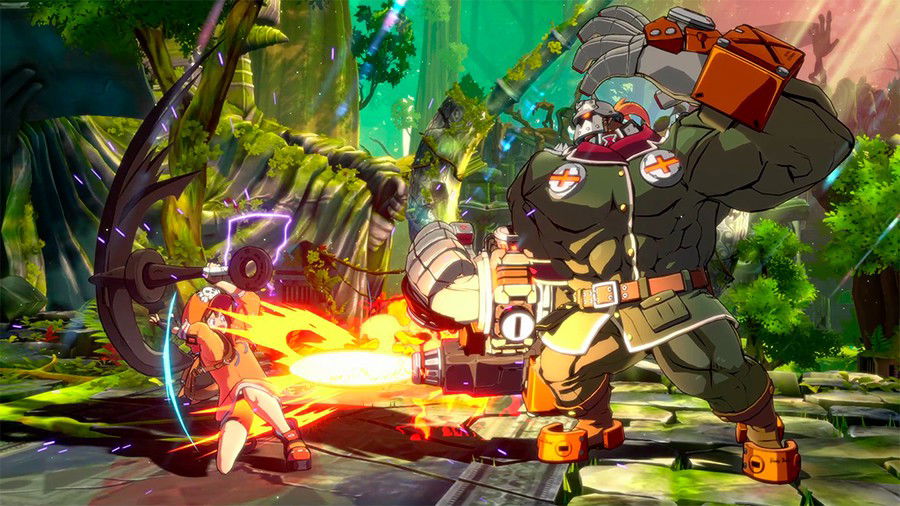
Now let's get into the territory of the strong specialties that each of the other archetypes can have. The first of them, the Grapplers, are characters that have above-average damage, but are balanced by the need to get very close to their opponents without having great mobility tools. To deal with this, Grapplers also tend to be big both in their designs - by taking up more space on the screen they also reduce where the opponent could escape - and in resistance, having more durability than other characters.
The blows of this archetype are normally linked to submission mechanics, grabbing opponents and preventing them from escaping their next movements as much as possible. They are strong against any other type of character that also needs to stick to the opponent and require a little more experience to learn the correct timing of their slow skills and full of animation frames. This can be discouraging for a new player, but for veterans trying to learn new characters, it's always a challenge with great rewards.
Grappler Character Examples
Rushdown
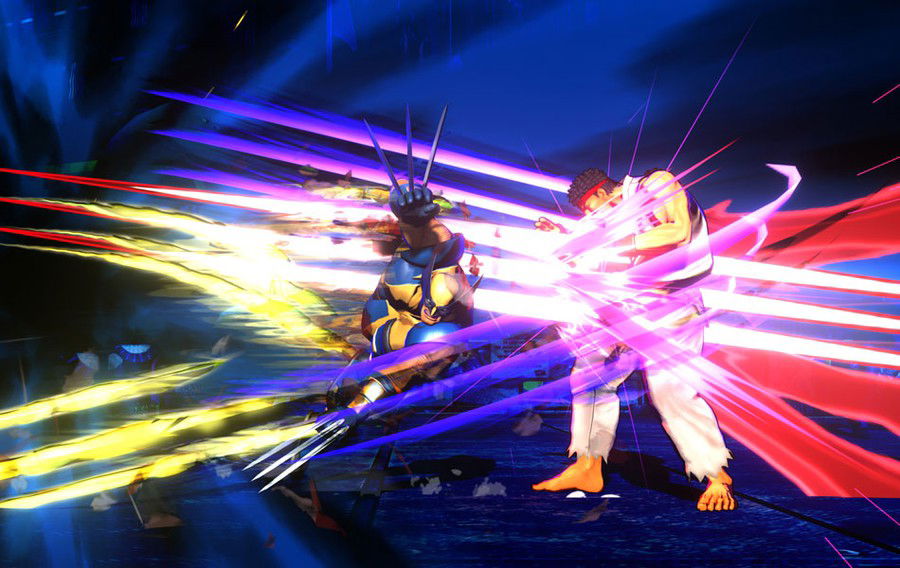
Everything we said about the defensive power of Grapplers and the balance of Shotos should be forgotten now: we're talking about players who like to press dozens of buttons in quick succession until they make their opponent dizzy trying to keep up. Yes, there is an archetype in which this gameplay works… At least in theory!
Ad
These are the Rushdown characters, known for their mobility and ability to attack, dealing a lot of damage without leaving many gaps to be caught - this is where their biggest weakness lies.
The idea of needing to be agile with your buttons scares beginner players, but the truth is that these characters usually come with their own tools so that they are easy to access and learn. Of course, veteran players may have a much greater advantage at this point - but this same rule applies to all archetypes. Grapplers, for example, don't need to press so many buttons and combos in sequence, just waiting for the right moment at short range to grab their opponents, making them the biggest nemesis of Rushdown players.
Each movement, attack or command of a Rushdown comes with frames that can be fitted into several other commands, enabling several different combos in a short space of time. Their attacks are not that strong alone, but they are capable of attacking so much without giving time to respond that they become powerful in the current Metagame of the competitive gaming scene.
They are strong against ranged characters thanks to their mobility, reducing the distance between fighters easily. They're a good starting point for beginners who like action and a lot going on at once - try your combo sequences and see what happens... Be cautious not to get hit!
Rushdown Character Examples
Zoners
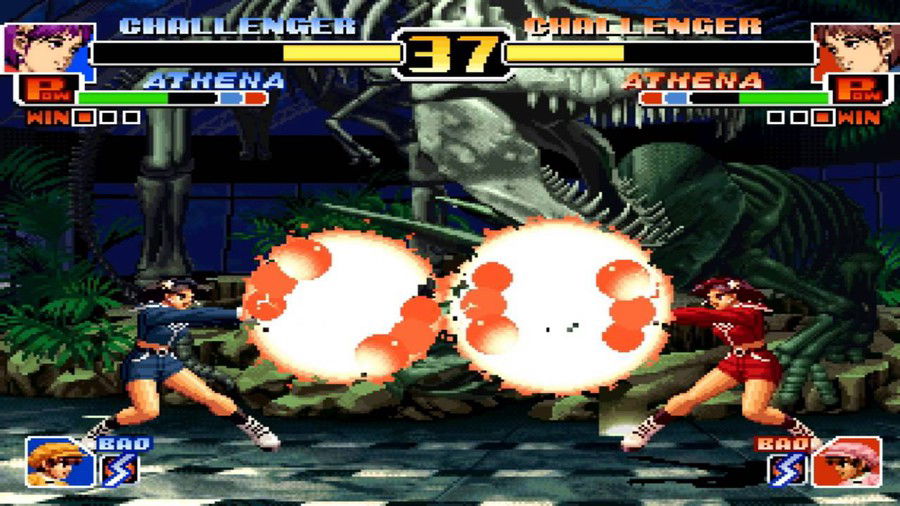
If none of the previous styles appealed to you, perhaps we are closer to those that don't need to get close to the opponent; more precisely, those who need to keep as much distance as possible.
Just like Rushdowns, these characters are capable of dealing a lot of damage in a short time and have very low resistance, but they differ when the Zoner prefers to attack from afar, with projectiles or larger weapons, until he finds the opportune moment to finish.
And don't think that Zoners are just projectile shooters or fighters with long weapons, but even characters with ability charge mechanics can be considered in this category. These characters are those who need to hold certain commands for a certain amount of time before launching a certain attack - or counterattack - on an opponent.
Knowing that your opponent is carrying a powerful attack that can break your combo and your friendship automatically makes you not want to face them, right? This also makes these characters true zoners, as they define a safe zone with such tools. They need to avoid being threatened or having to leave their long range of comfort.
Zoner characters can be called easy because they don't put themselves directly in danger, but it takes a certain skill to know when to enter, when to leave, when to shoot or when to counterattack. The power of zoners also lies largely in the rhythm that they can easily establish in the match, and it is up to a good player to keep it that way.
Ad
Zoner Character Examples
Stance
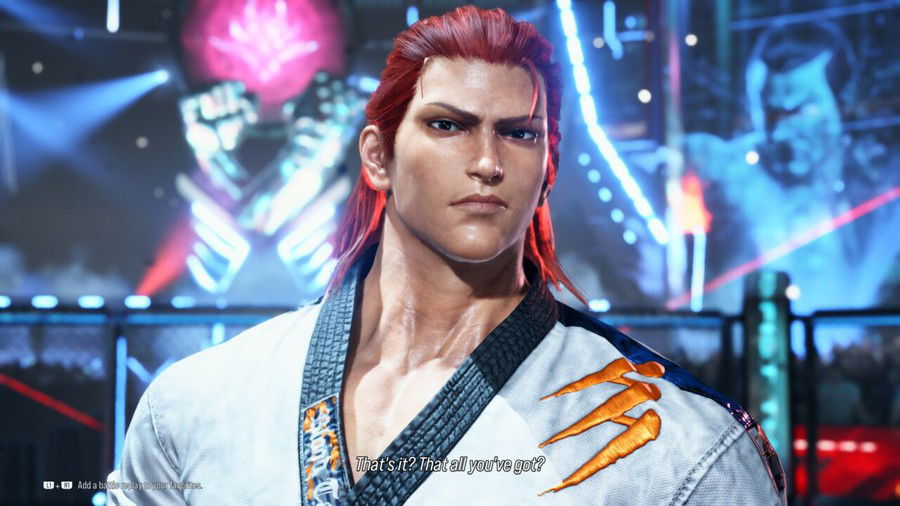
Now, we get into slightly more complex territory, starting with fighters who switch styles during battle, known as Stance characters. Each Stance would be equivalent to a fighting position, or a style, or martial art different from the one previously used, expanding the number of skills and movements that the character can do by a considerable range.
Of course, characters of this type can have their own unique and differentiated mechanics, but they are normally based on varying between two or more archetypes from those mentioned above, creating versatile kits without having the same cons as a balanced Shoto, for example.
The balance for Stance characters lies in the same mechanics used in the other archetypes: once your character is using a Rushdown fighting style, you will be excellent at starting out combos, but once you lose this advantage, it may be better to switch to a possible more defensive or zoning style.
All of this takes time and training to master, but it doesn't take away from the fun they can provide for players. Trying to trick an opponent or playing unexpectedly are things that should be abused in these characters.
Stance Character Examples
Puppet

Puppets are characters that use some other tool separate from their body to cause damage to opponents. Tricky? Maybe, but we can also simplify it for characters whose attack and defense hit boxes will, for most of the combat, be in different places in the arena.
Some characters use dolls, puppets or spirits, at other times they can use drones or floating weapons, this largely depends on the creativity of the developers when creating the character and which game you are going to play - which is not the purpose for which we are here.
Puppet characters are usually more complex because they require extra attention for two different points that you will need to control. On the other hand, your opponent will also have to deal with the pressure caused by someone who can practically corner them in a two-on-one. It is important to remember that the emotional factor is essential in experienced fighting game players, and Puppets' role is to help a lot in this regard.
Puppet Characters Examples
There are other types of characters and archetypes, but most of them will resemble one of the concepts or kits mentioned above. There are those who copy moves from other characters, who combine different aspects of different archetypes to define a new unique style, and so on.
Ad
Again, in the art of game design, not even the sky is the limit, and with so many new releases, updates and news in the fighting game scene as we have nowadays, you can be sure that something new and out-of-the-box is about to emerge.
How to Choose an Archetype in Fighting Games?
This question, in fact, can be easily answered by the games you enjoy playing, if you are not already a fighting game lover. Do you like shooting games? Maybe trying to play zoners and hitting projectiles would be fun for you. Or if you like creating Tanks in every RPG you play, how about trying a Grappler?
Do you want to try to innovate and look for a character that doesn’t fit into the most common archetypes mentioned? Or you might just be attempting to defeat that friend of yours who plays a lot, and you're here looking for which Archetype is good against the character they are known for using. And, in the end, the Fun factor is what should speak loudest.

Conclusion
I hope this article has made you want to take a look at the different mechanics of fighting games.
When you realize that it's not just about pressing a bunch of buttons to hit your opponent, and you notice the true complexity and depth behind these simple and direct games, it's easy to understand why its popularity transcends all the generations it has passed through and continues to pass.
So, remember: this article is just a very basic guide designed to help beginners find some light in the confusing search among the dozens and dozens of incredible fighters to choose from. If you didn't know so much about all this variety of gameplay or mechanics, perhaps now you identify with fighters who have a better chance of doing what you expect when holding the controller and challenging your friends.




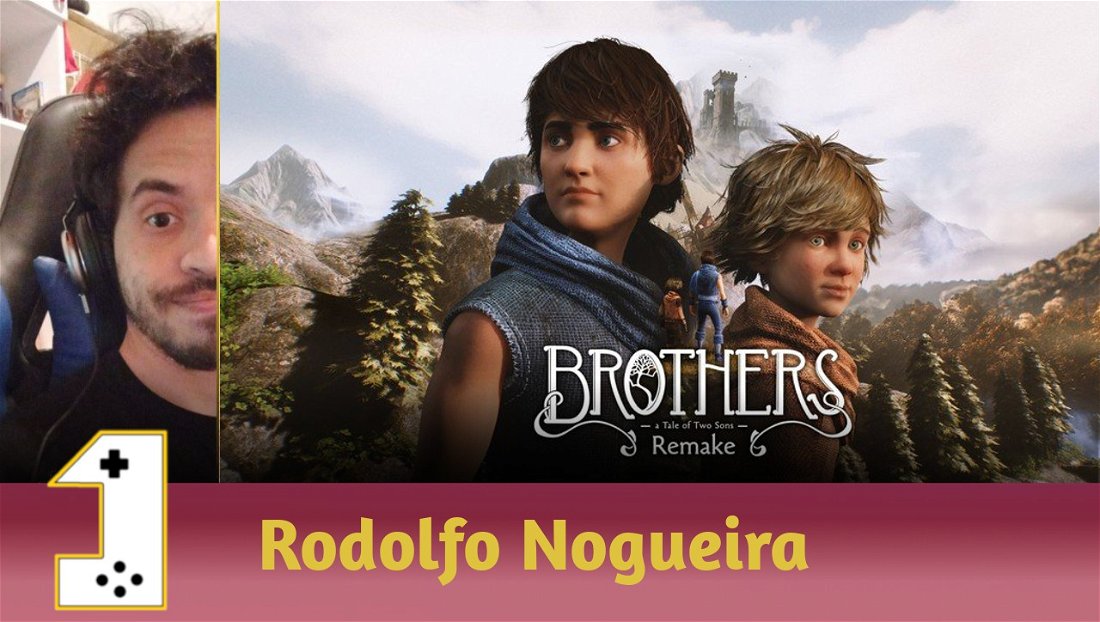



— 评论0
成为第一个发表评论的人